In addition to brand, material and production process, the most important factor affecting the price of stainless steel pipe is the surface treatment of steel pipe. In order to further improve the material properties of pipelines, there are four methods to treat the inner and outer surfaces of pipelines: acid pickling passivation (AP), mechanical polishing (MP), bright annealing (BA) and electrolytic polishing (EP). The experimental data and practice prove that the roughness of pipeline material decreases and the surface adsorbability decreases after surface treatment. So what is the difference between AP, MP, BP and EP stainless steel pipes?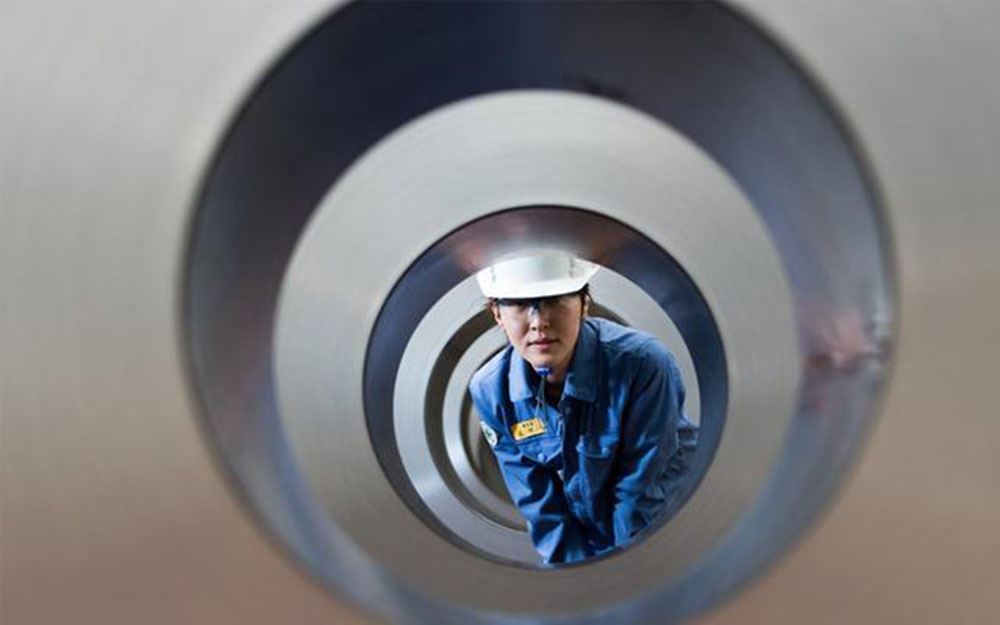 Data map
Data map
AP (Acid Pickling) pickling treatment
The corrosion resistance of stainless steel is mainly due to the reaction of chromium with oxygen to form a dense protective layer on its surface. The function of pickling is to make it happen in advance to improve the corrosion resistance of stainless steel pipes. During pickling, oil stains and other contaminants on the surface of pipes will be removed. The inner and outer surface of the pipeline is rough and easy to adhere to suspended impurities.
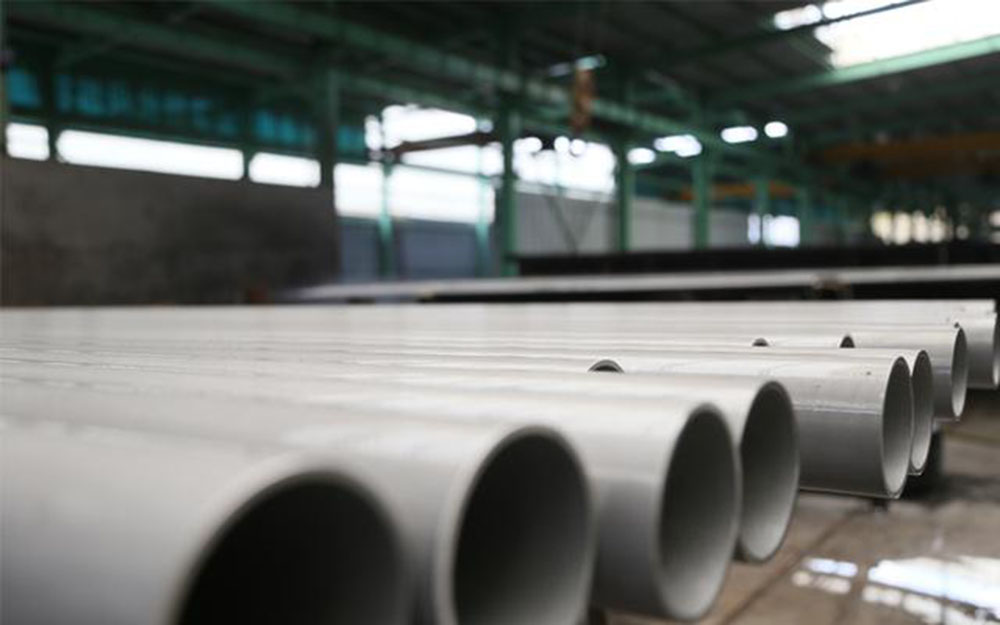
Seamless stainless steel pipe after pickling treatment
MP (Mechanical polishing) mechanical polishing
Polishing wheel or polishing belt polishes the surface of stainless steel pipe with the help of abrasive in polishing agent, so as to achieve smooth polishing effect on the surface of stainless steel pipe. Its brightness and effect depend on the type of processing method. In addition, mechanical polishing can reduce the corrosion resistance although it is more beautiful, so when used in corrosive environment, it needs passivation treatment, and there are often polishing material residues on the surface of steel pipe.
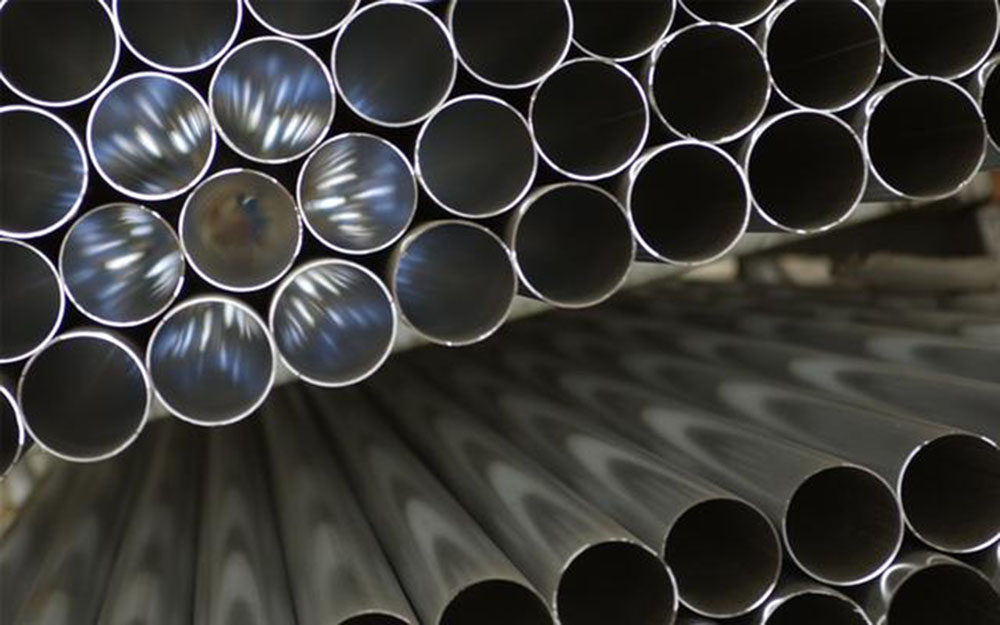
Mechanically polished stainless steel welded pipe
Bright Annealing Bright Annealing Annealing
In the manufacturing process of steel pipes, the grain of grease used for lubrication will also be deformed due to processing. In order to avoid grease residue in steel pipes, argon is used as atmosphere in furnace at high temperature during annealing. By combining argon with carbon and oxygen combustion on the surface of steel pipes, the surface of steel pipes can be further cleaned to produce bright effect. This kind of method uses pure argon annealing to heat and cool rapidly to brighten the bright side. Type A is called glow annealing. Although using this method to brighten the surface can ensure that the steel pipe is fully clean and free from any external pollution. But if the brightness of this surface is compared with other polishing methods, mechanical, chemical and electrolytic will have the feeling of fog. Of course, the effect is also related to the argon content and heating times.
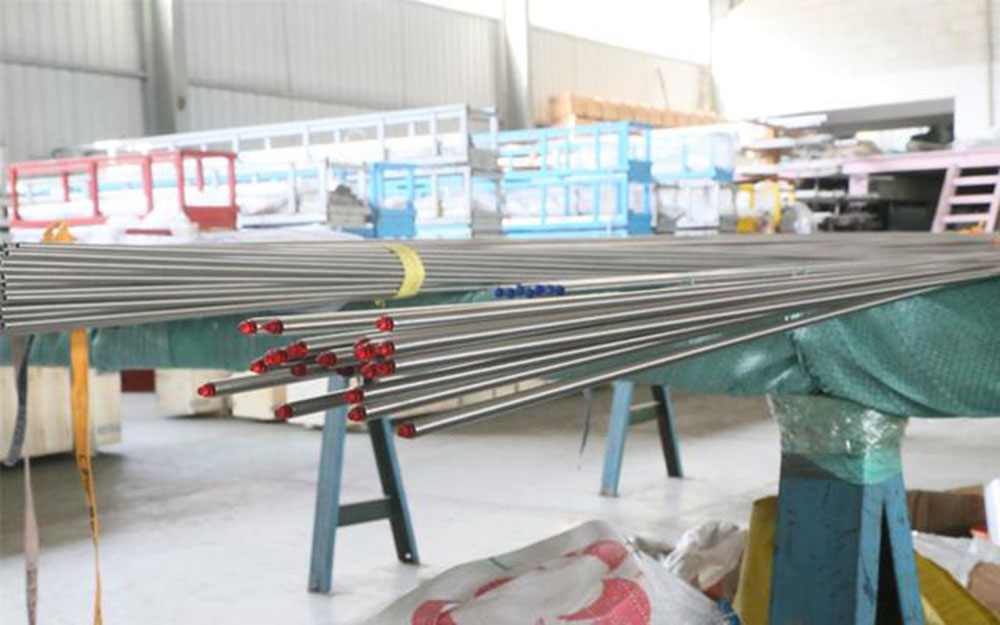
Small caliber stainless steel pipe after bright annealing
EP (Electro Polishing) Electropolishing
Electrolytic polishing is the best way to brighten the surface by means of anodic treatment and by means of electrochemical principle, adjusting the voltage, current, acid composition and polishing time appropriately. It can not only make the surface bright, smooth and clean, but also improve the corrosion resistance of the surface. Of course, its cost and technology are also improved correspondingly.
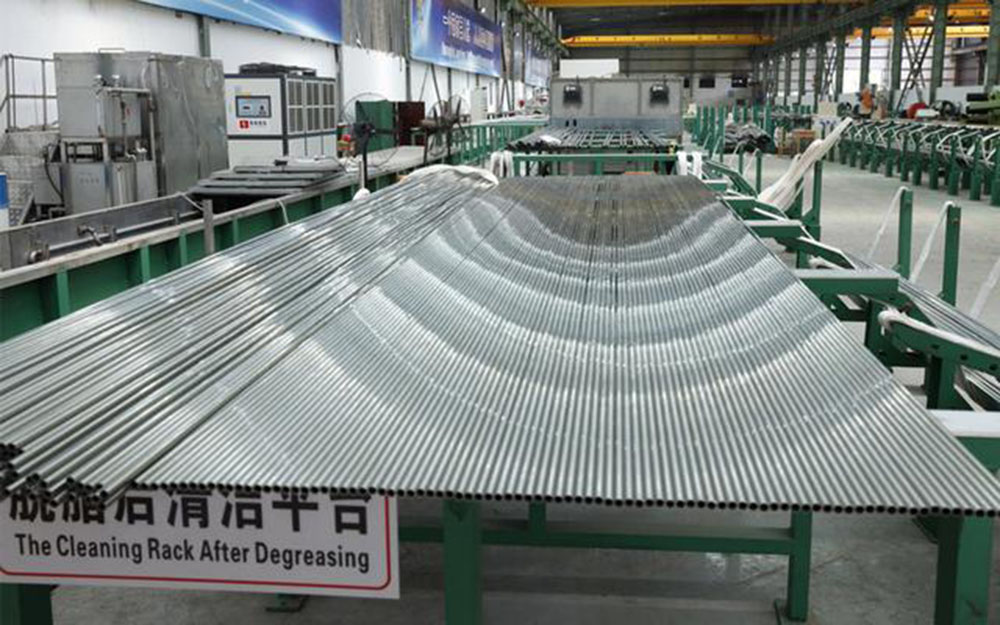
Electropolished steel pipe
However, because electrolytic polishing will highlight the original state of the steel pipe surface, if there are serious scratches, holes, or slag inclusions, precipitates on the steel pipe surface, it may cause electrolytic failure. The difference between chemical polishing and polishing is that although it is also carried out in acidic environment, there will be no grain boundary corrosion on the surface of steel pipe. The corrosion resistance of steel pipe can be achieved by controlling the thickness of chromium oxide film on the surface.

Scan£¨Official Web 2-D Code